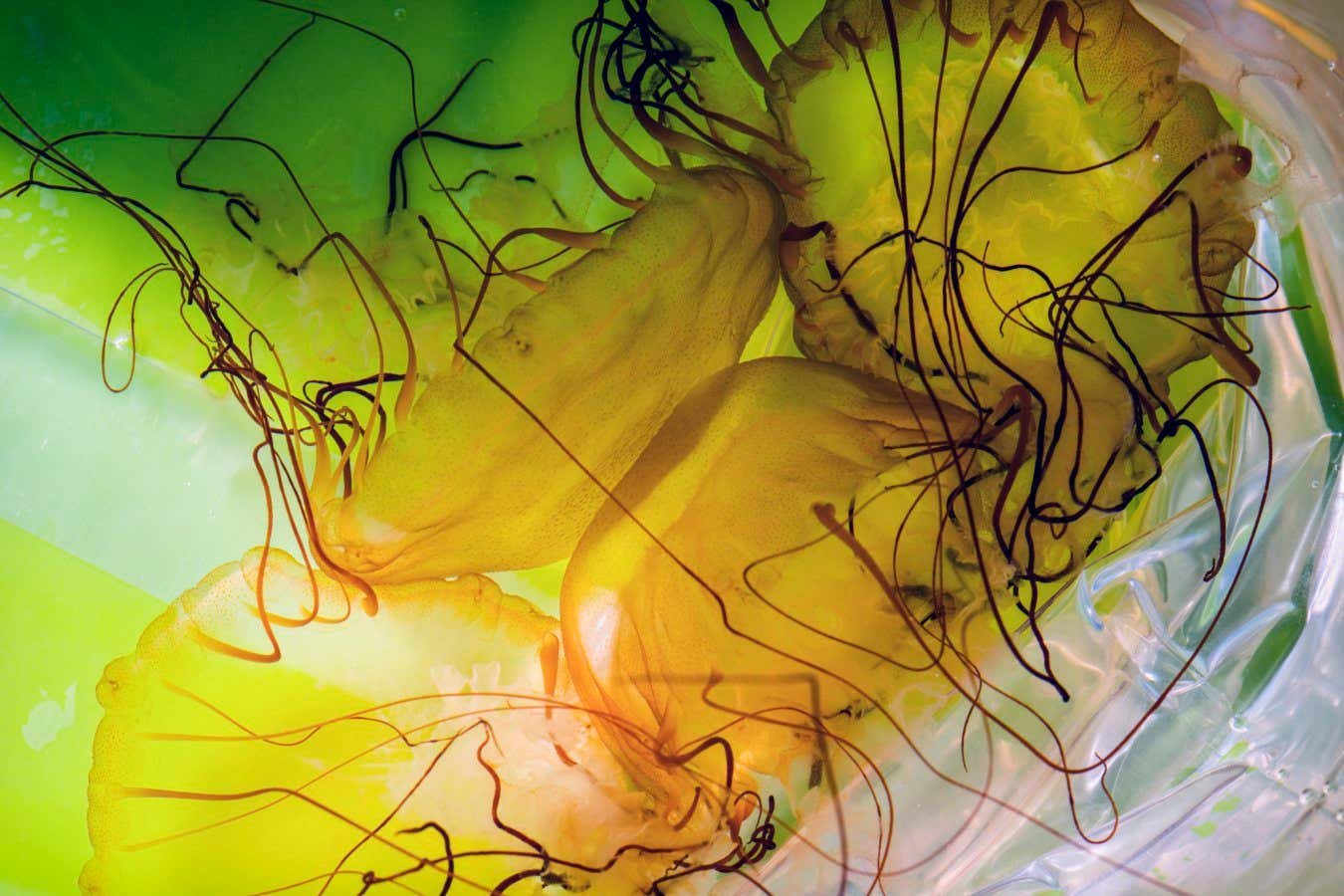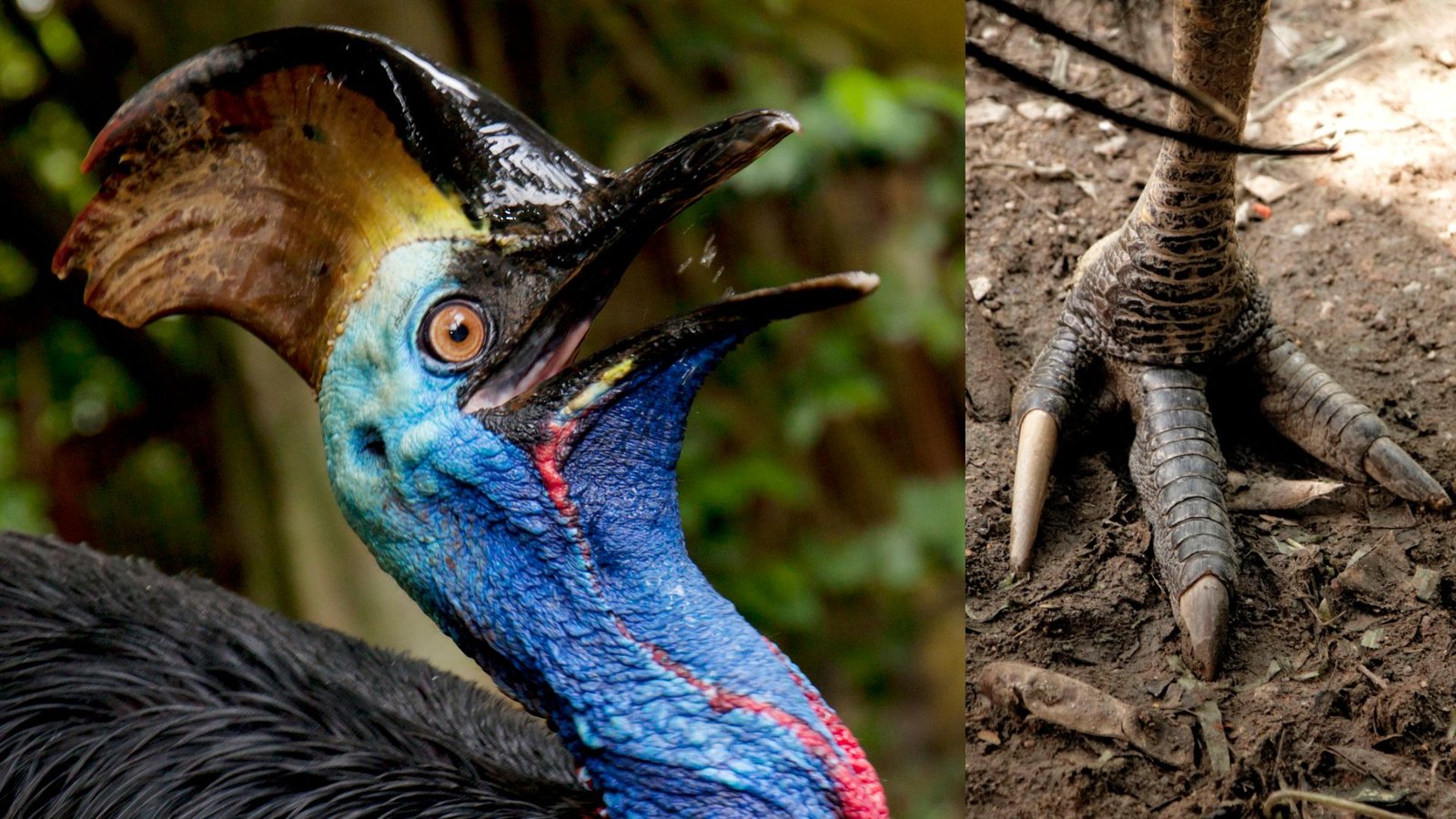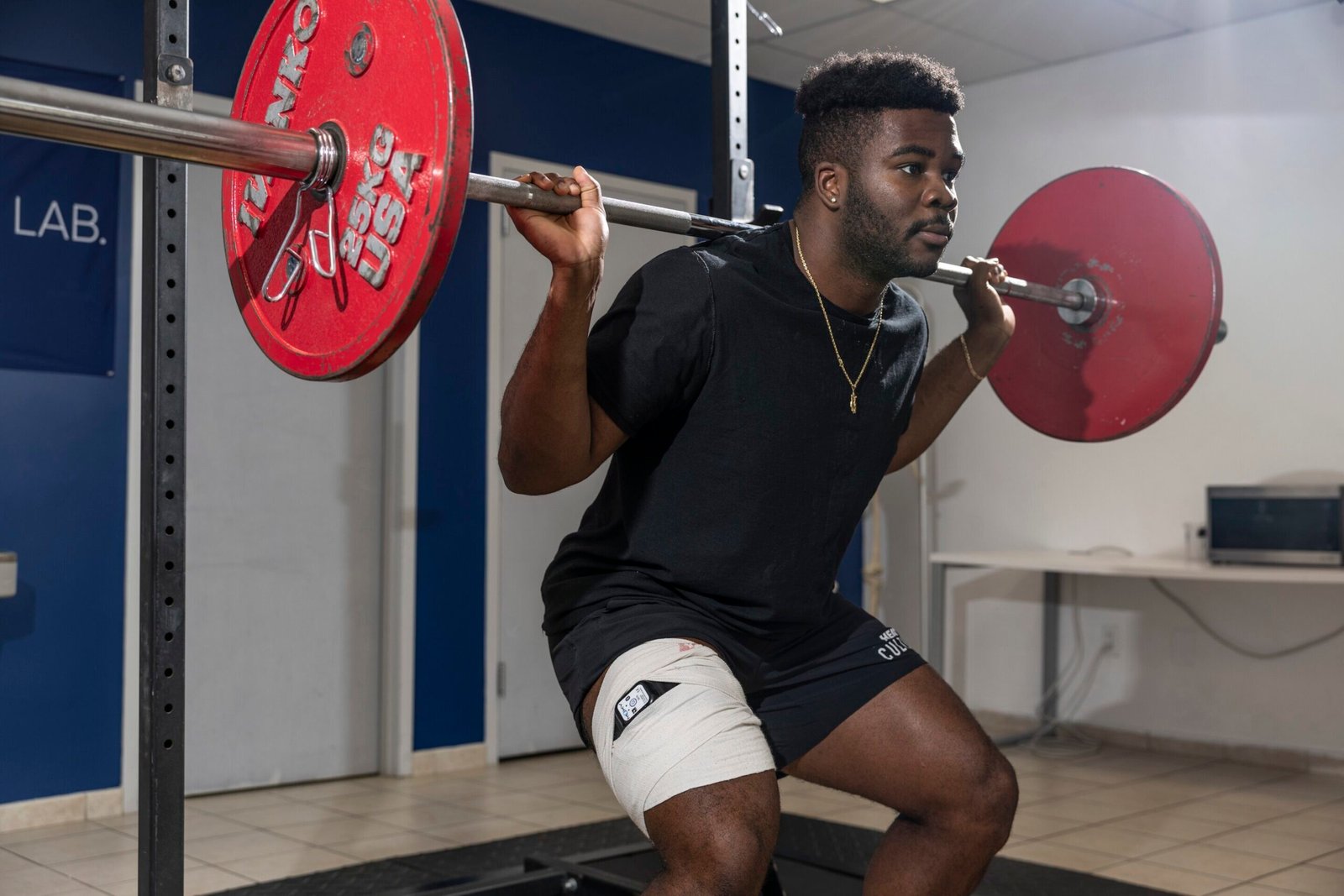
Pacific compass jellyfish (Chrysaora fuscescens)
Heidi & Hans-Jürgen Koch
These eerily beautiful images show animals born at Europe’s largest jelly-fish breeding facility: Jellyfish Farm, in Künzell, Germany – hundreds of kilometres from any ocean.
Photographers Heidi and Hans-Jürgen Koch used macro lenses and studio flashes to capture the images, but they were most concerned with the positioning of the jellyfish, which sink to the bottom of a normal aquarium and thus wouldn’t be photographable. The animals needed a “jellyfish kreisel“, or gyroscope, to create water movement, without which they can’t swim or feed.

Moon jellyfish (Aurelia aurita)
Heidi & Hans-Jürgen Koch
Jellyfish drift “between being an environmental threat and a source of sustainable innovation”, say the Kochs as part of their project. The number of blooms is increasing as oceans heat up and pollution and overfishing increase, with dire consequences for ecosystems and economies.

Mangrove jellyfish (Cassiopea xamachana)
Heidi & Hans-Jürgen Koch
But jellyfish also present great opportunities: as animal feed, fertilisers or human superfoods, thanks to the anti-inflammatory and immunologically important biochemicals they contain. Their mucus can also create a biofilter to stop plastics from reaching the sea.
Pacific compass jellyfish (Chrysaora fuscescens) are shown in the main picture. They will be shipped to zoos, aquariums and research institutions. Below this, a gyroscope provides an ocean-like vortex for moon jellyfish (Aurelia aurita). Pictured above, a pipette contains mangrove jellyfish (Cassiopea xamachana).

Heidi & Hans-Jürgen Koch
As adults, they will live on the seafloor, their tentacles pointing to sunlight, helping single-celled algae there conduct photosynthesis. The image above shows jellyfish specimens being checked before dispatch.
Topics:




